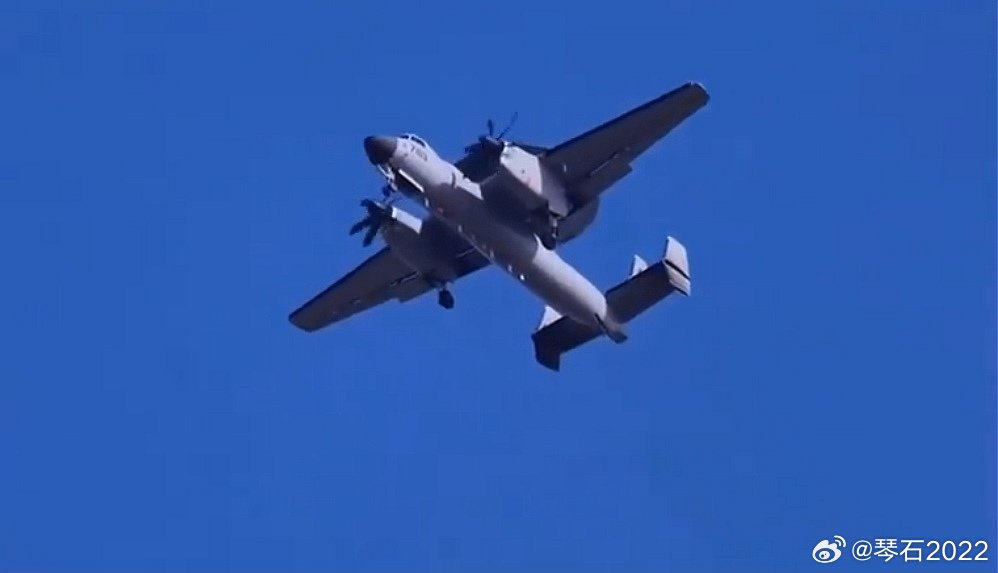- Views: 9K
- Replies: 67

The development of carrier-based airborne early warning and control (AEW&C) platforms underscores the growing significance of these assets for modern naval forces.
China's KJ-600 program highlights this, but it's not the first time an Asian nation seriously considered this capability. The Indian Navy, years before the KJ-600, nearly made a deal that would have profoundly changed its carrier operations.
India's Hawkeye Exploration
In the early 2000s, India eyed the Northrop Grumman E-2 Hawkeye for its upcoming Indigenous Aircraft Carrier (IAC), a planned 65,000-ton carrier. The goal was to acquire six E-2s for both the INS Vikramaditya and its new domestically built carrier.The E-2 Hawkeye is well-regarded, offering significant command and control capabilities and long-range aerial surveillance.
However, the Indian Navy quickly ran into obstacles:
- Carrier Compatibility: India's planned carriers lacked catapult launch systems (CATOBAR), vital for operating heavier aircraft like the E-2.
- Performance Limitations: Reports suggested the Hawkeye struggled in specific lighting conditions, dramatically hampering its endurance.
China's Airborne Solution - The KJ-600
Meanwhile, China forged ahead with its domestic AEW&C solution, the KJ-600. This high-wing, twin-propeller aircraft carries a large dorsal radome suggesting substantial radar power.Built explicitly for the PLAN's Type 003 carriers (which do use CATOBAR launch systems), the KJ-600 promises significantly enhanced situational awareness for Chinese naval operations.
Its development speaks to the growing role AEW&C aircraft play in naval power projection, a role China clearly wants to maximize.
The Future of Asian Carrier-Based AEW&C
While the Indian Navy ultimately took a different route (opting for smaller helicopter-based AEW systems), it's probable they'll explore fixed-wing carrier solutions in the future.The benefits of an aircraft like the KJ-600 – extended range, powerful radar, and superior command and control functions – are undeniable.
Both China and India's interest in this area emphasizes the shift in regional maritime security. AEW&C platforms are becoming central to establishing dominance within an increasingly contested operational theater.
